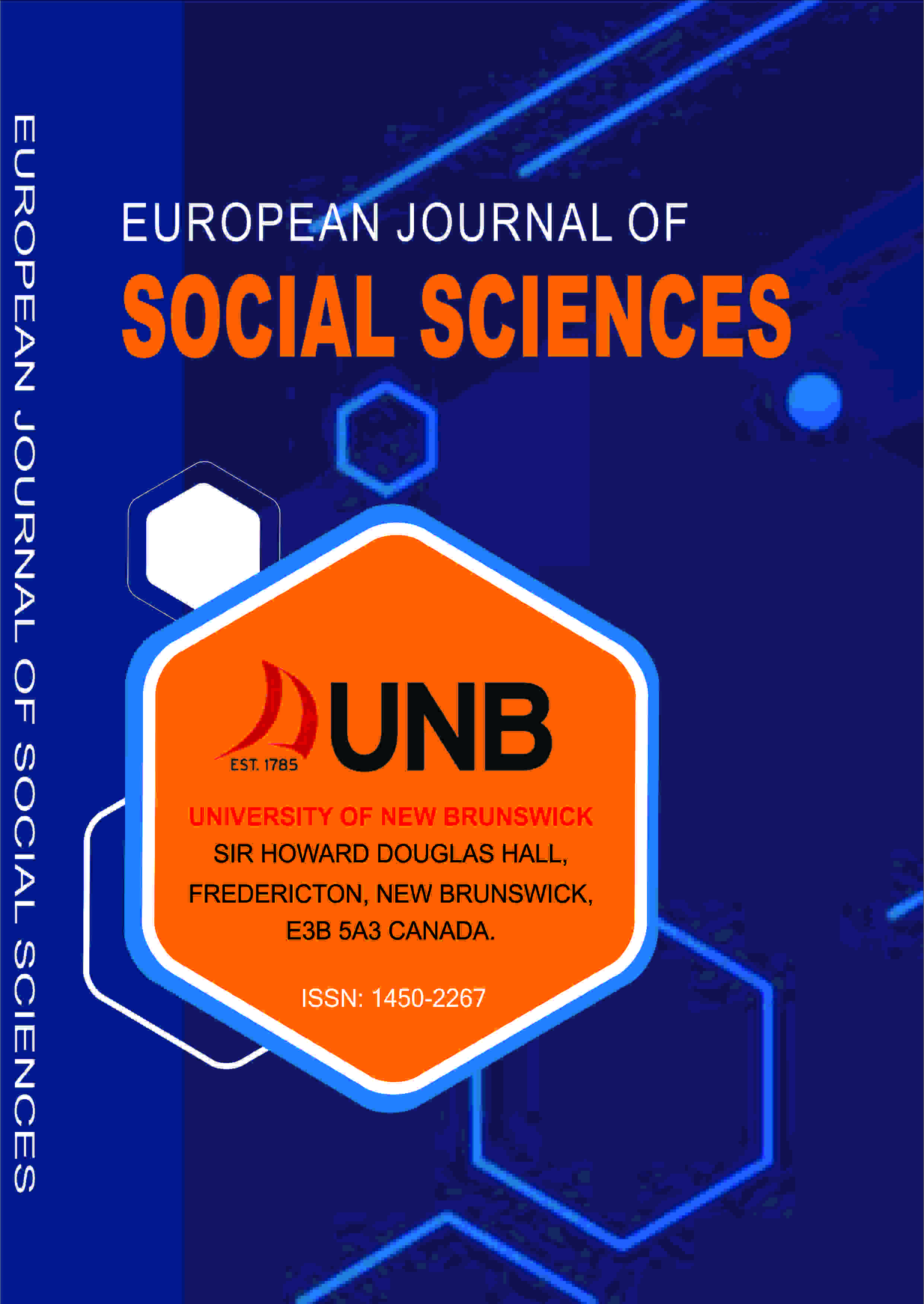EUROPEAN JOURNAL OF SOCIAL SCIENCES (EJSS)
Exploring the Artistic Elements of Virtual Reality Creations in Art Therapy for Individuals with Dementia and Suboptimal Health Status
E-ISSN: 4899-5667
P-ISSN: 1450-2267
DOI: https://iigdpublishers.com/article/502
Aging is a global phenomenon characterized by a high prevalence of dementia. Artistic creation, when applied to dementia patients, can be integrated into daily life to maintain autonomy and creativity. The innovative virtual reality technology offers patients a creative space for expressing emotions and thoughts, presenting new possibilities for artistic creation. This study aims to investigate the impact of virtual reality artistic creation on the creativity of individuals with varying degrees of dementia. The study included a total of 25 participants who were either in Suboptimal Health Status (SHS) or diagnosed with dementia, with an average age of 79.5 years. The participants ' virtual reality artistic creations were collected, and three experts analyzed the artistic elements and creativity using the Formal Elements Art Therapy Scale (FEATS). The results indicate that virtual reality artistic creation tools can stimulate creativity in individuals with varying degrees of dementia and SHS. However, those with more severe cognitive impairments predominantly engaged in imitative creations, exhibiting lower creative abilities. This suggests a negative correlation between dementia severity and the potential for creative expression. In contrast, the group with SHS and MCI demonstrated higher levels of creativity, implying the potential early introduction of art to enhance their creativity training. Keywords:
Kuang-Yi Fan & Pei-Fen Wu
Barth, P. & Stadtmann, G. (2021). Creativity Assessment over Time: Examining the Reliability of CAT Ratings. The Journal of Creative Behavior, 55(2), 396-409. https://doi.org/10.1002/jocb.462
Betts, D. (2013). A Review of the Principles for Culturally Appropriate Art Therapy Assessment Tools. Art Therapy, 30(3), 98–106. https://doi.org/10.1080/07421656.2013.819280
Brimelow, R. E., Dawe, B., & Dissanayaka, N. (2020). Preliminary Research: Virtual Reality in Residential Aged Care to Reduce Apathy and Improve Mood. Cyberpsychology, behavior and social networking, 23(3), 165– 170. https://doi.org/10.1089/cyber.2019.0286
Conover, W. J. (1999). Practical nonparametric statistics.
Wiley D'Cunha, N. M., Nguyen, D., Naumovski, N., McKune, A. J., Kellett, J., Georgousopoulou, E. N., Frost, J., & Isbel, S. (2019). A Mini-Review of Virtual Reality-Based Interventions to Promote Well-Being for People Living with Dementia and Mild Cognitive Impairment. Gerontology, 65(4), 430–440. https://doi.org/10.1159/000500040
